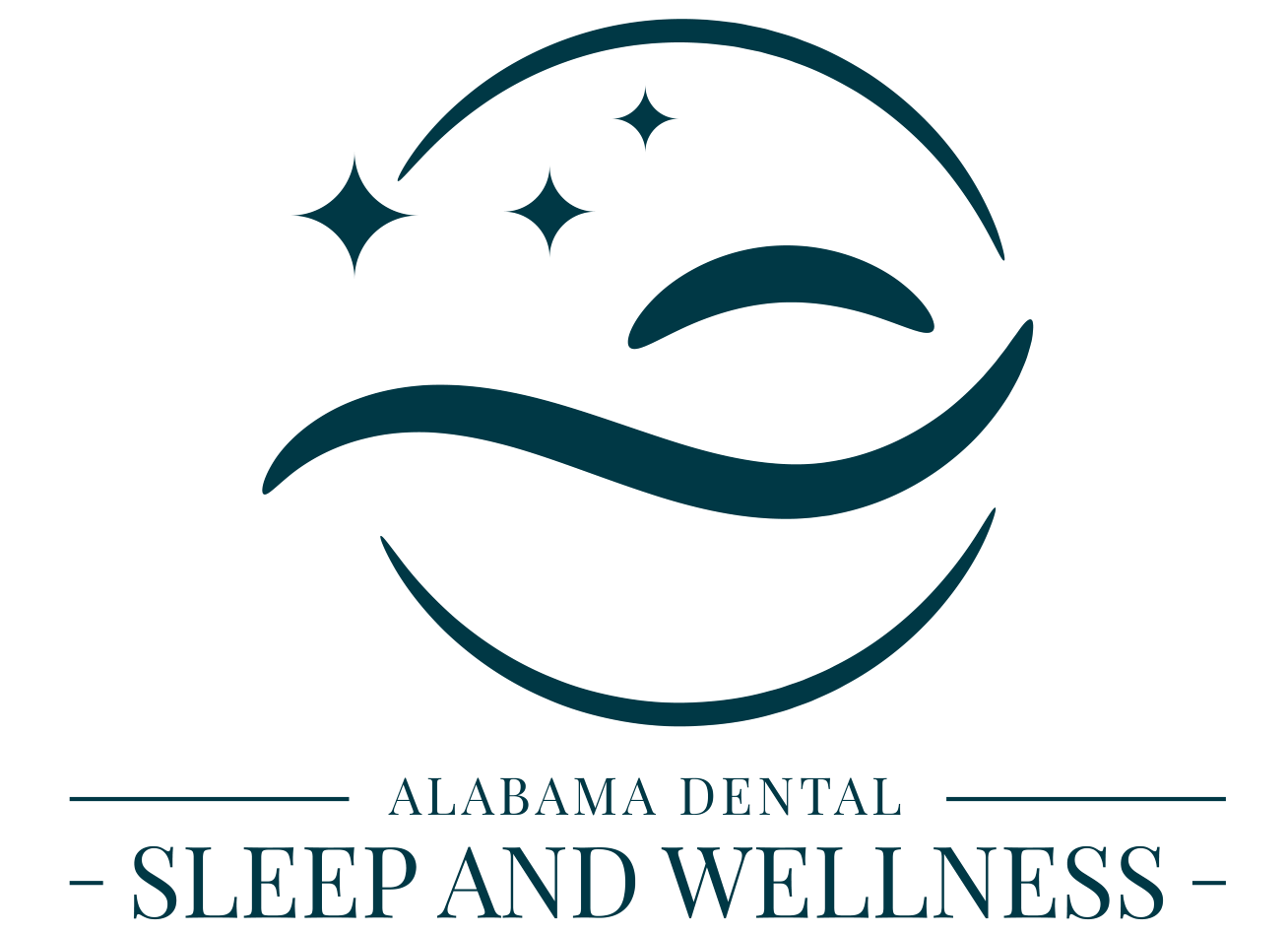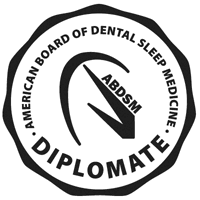CAN’T USE YOUR CPAP
If you’ve been diagnosed with obstructive sleep apnea, chances are that your healthcare provider has recommended the use of CPAP (Continuous Positive Airway Pressure) therapy. For millions of people around the world, CPAP has been a lifesaver! It’s considered a safe and highly effective treatment for obstructive sleep apnea and several other conditions.
However, the CPAP apparatus can take some getting used to. Many people struggle with its use. This often results in not using the machine, which defeats its purpose. In too many cases, a person figures that since they cannot use the CPAP machine, there’s no help for them. Then, they go untreated for obstructive sleep apnea, which can lead to many medical conditions.
CHALLENGES OF CPAP TREATMENT
Using a CPAP machine can present challenges for some users. It does represent quite a change from the normal sleep routine. From finding the right mask fit to adjusting to the sound of the machine, it’s not uncommon for patients to encounter obstacles that make compliance difficult. It’s also not uncommon for new CPAP users to experience discomfort or difficulty adjusting to their devices. This can manifest as a feeling of claustrophobia from wearing the mask, facial irritation, or difficulty sleeping due to the sensation of forced air. Gradual acclimatization is key to figuring this part of the puzzle out.
But you shouldn’t feel guilty about feeling like you can’t use your CPAP. Instead, talk to your physician about your concerns and learn about alternative treatments.
TALK TO YOUR CLINICIAN ABOUT ALTERNATIVE SLEEP APNEA TREATMENTS.
If CPAP therapy remains intolerable, it’s important to consult with your clinician about alternative treatments for sleep apnea. Options may include oral appliance therapy (OAT) with a qualified sleep dentist, positional therapy, or surgical options. Oral appliance therapy involves wearing a custom-fit oral device that keeps your airway open by moving your lower jaw forward; positional therapy, if your sleep apnea is primarily positional; or surgical options to remove or reduce tissue obstructing the airway. Your clinician can help determine the most appropriate alternative based on your sleep apnea severity and overall health.



